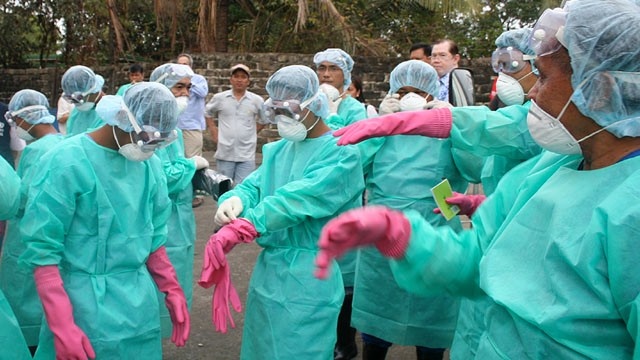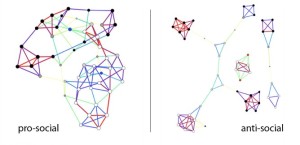The Greenbird Wind Wing was designed and built under two San Francisco-based entrepreneurs, and has been proposed as a means of cutting down on the over $1 million tax dollars San Francisco spends on its inefficient diesel-powered ferry system. The engineers behind the project have said that the project has demonstrated that it could save 30-40 percent of the ferry fuel bill.
The entrepreneurs, Jay Gardner, president of Wind Wing Technologies and British engineer, Photon Composits Inc. president and yacht sailor Richard Jenkins, have experience in sail engineering. In 2009, Greenbird set the America’s cup landsailing speed record for a wind-powered craft, and is currently pursuing the ice craft speed record.
The ferry system in San Francisco Bay is seldom used by commuters–primarily its is used when emergencies  knock out the Bay bridge. The ferries are also very costly and inefficient.
knock out the Bay bridge. The ferries are also very costly and inefficient.
Twenty-five government-subsidized ferries use over a million dollars worth of fuel per year–some of them use 300 gallons per hour of use–according to Jenkins. The diesel produces greenhouse gasses, and the Wind Wing has been proposed as a greener, cleaner, cheaper option.
“Traditional sails are basically one side of a wing,” said Gardner. “The benefit of the Wing is that you have two sides, and its a very precise shape.
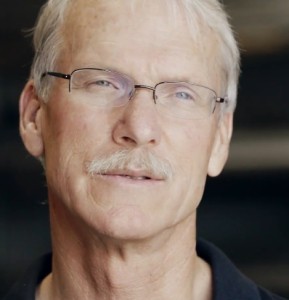
“So an equal sized soft sail and a Wing–the Wing is going to be about twice as effective, twice as powerful.”
“The Wing is 45 feet tall,” said Jenkins. “Front to back is 10 feet. It weighs roughly 600 pounds [272 kilograms]. It’s a very light structure, so it will be insignificant to the weight of the ferry.
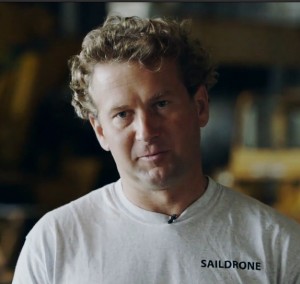
“And it’s potentially very powerful. These ferries are travelling along at 30 or 40 knots sometimes, and it can produce six or seven tons of force at full speed, if required.
“The Wing also has, inside of it, a brain,” explained Gardner. “It has a GPS system. It has a satellite tracking system. It has a vessel data recording system. It knows where it is. It knows where you’re going. All we have to do is turn the Wing on and off.”
 The engineers are not marketing the Wind Wing to sailors.
The engineers are not marketing the Wind Wing to sailors.
“The people who drive big ships are not sailors,” said Jenkins. “So, there’s kind of discontinuity between wind-power systems and the people on the boat, who are just not going to use those systems.
“What this Wing does is completely autonomous. The crew doesn’t need to know anything about the Wing or how it works. There’s literally an on-off system.
“We do that by having a feathering tail system. The tail on an airplane controls the pitch and the lift. We have a vertical tail that controls the wing and hence the power that the wing produces.
“If it can make power for the boat it will do. If it can’t, it just feathers and its kind of a benign thing on the ship.
 “The ferries in the area, they use certainly over a million dollars worth of fuel per year. Twenty-five ferries. We’ve demonstrated that we can save 30 to 40 percent of the fuel costs.”
“The ferries in the area, they use certainly over a million dollars worth of fuel per year. Twenty-five ferries. We’ve demonstrated that we can save 30 to 40 percent of the fuel costs.”
The designers spoke about the future of the Wing. The future depends on policy- and lawmakers to adopt to environmental demands.
“Are they going to insist that the technology is included in the next generation of ferries?” Jenkins asked.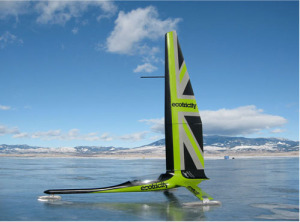
The Greenbird Project is a partnership between Ecotricity and British engineer Richard Jenkins, to push the boundaries of wind technologies for zero carbon-emitted, wind-powered transportation.

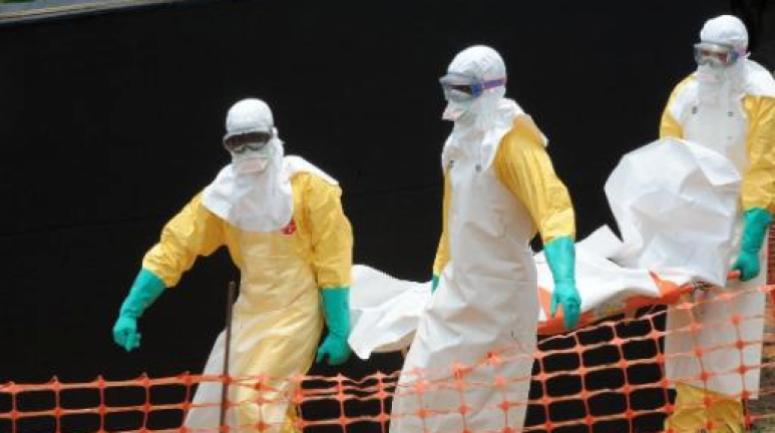
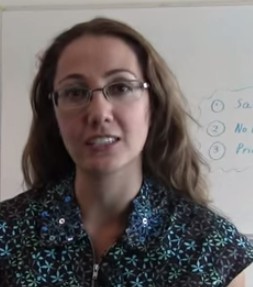
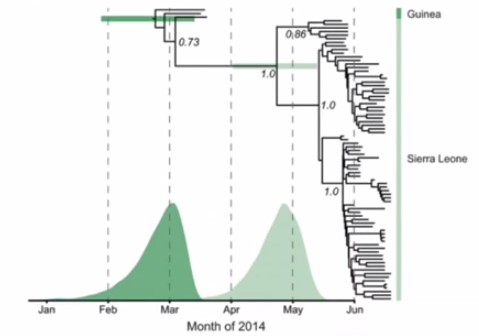
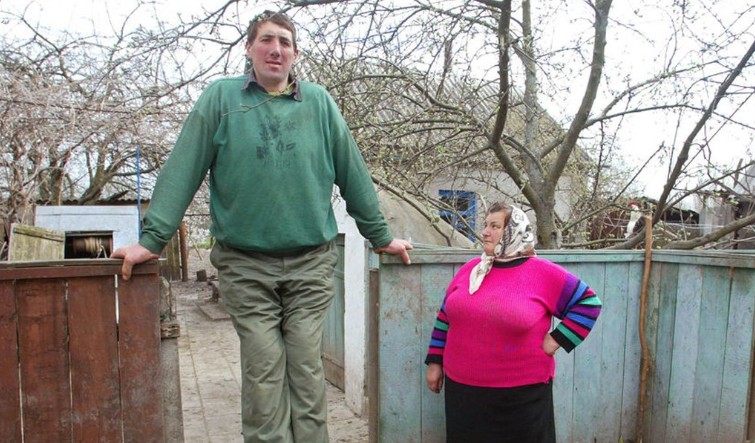











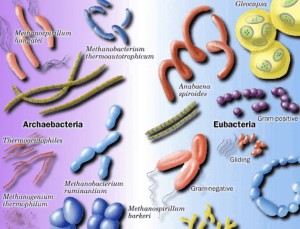

 nations around the world, where millions currently have no access to clean water for drinking and washing.
nations around the world, where millions currently have no access to clean water for drinking and washing.

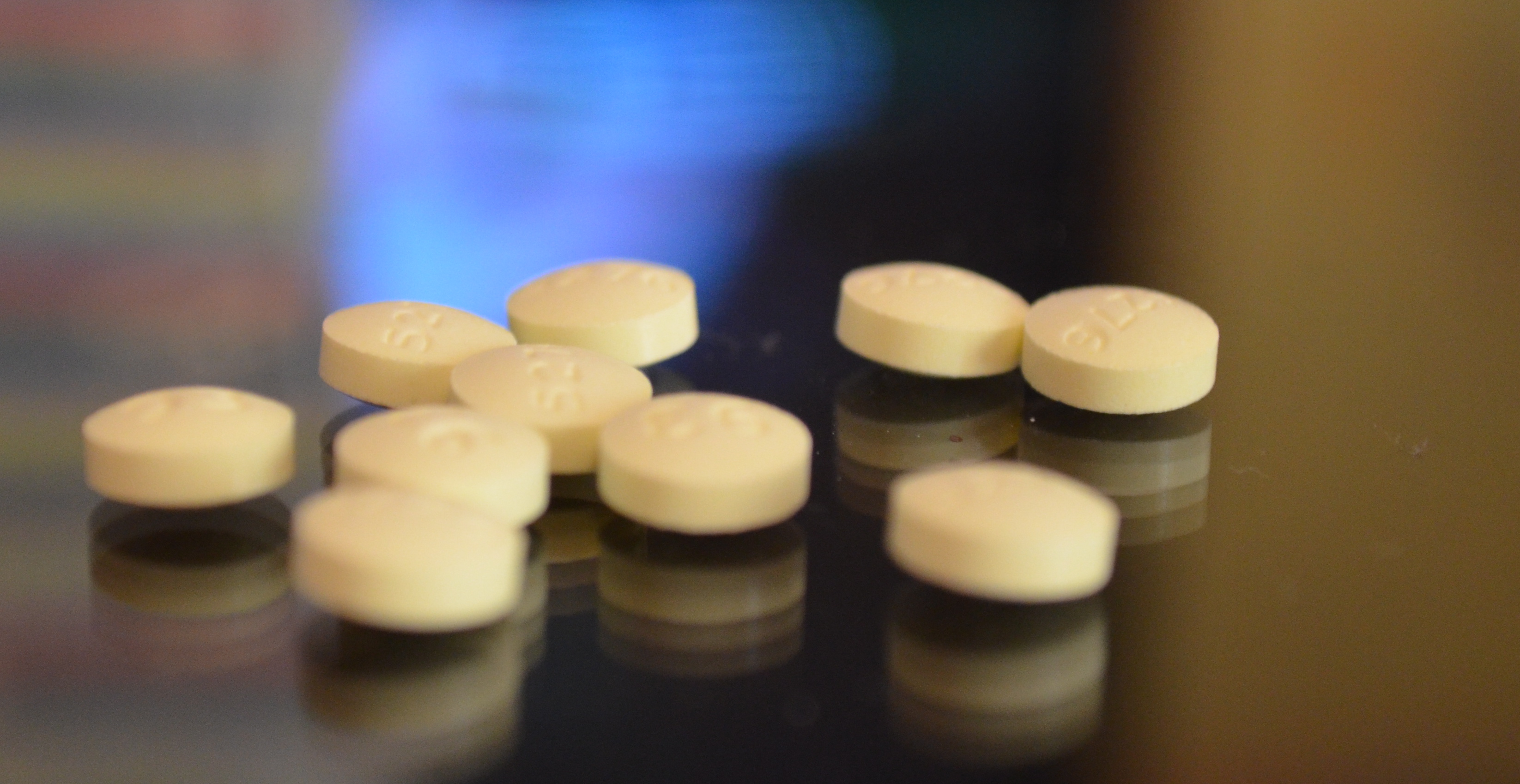
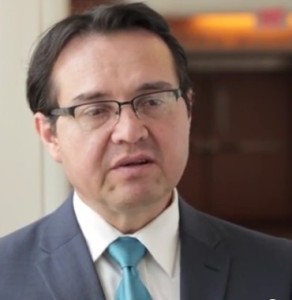

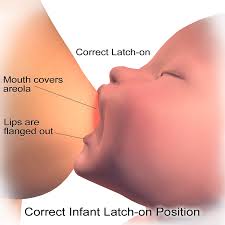 “Breastfeeding is the foundation of good nutrition,” said Lake, “reducing the risk of malnourishment in early childhood and the risk of obesity later in life. By supporting nutrition and strengthening the bond between mother and child, breastfeeding also supports healthy brain development.”
“Breastfeeding is the foundation of good nutrition,” said Lake, “reducing the risk of malnourishment in early childhood and the risk of obesity later in life. By supporting nutrition and strengthening the bond between mother and child, breastfeeding also supports healthy brain development.”